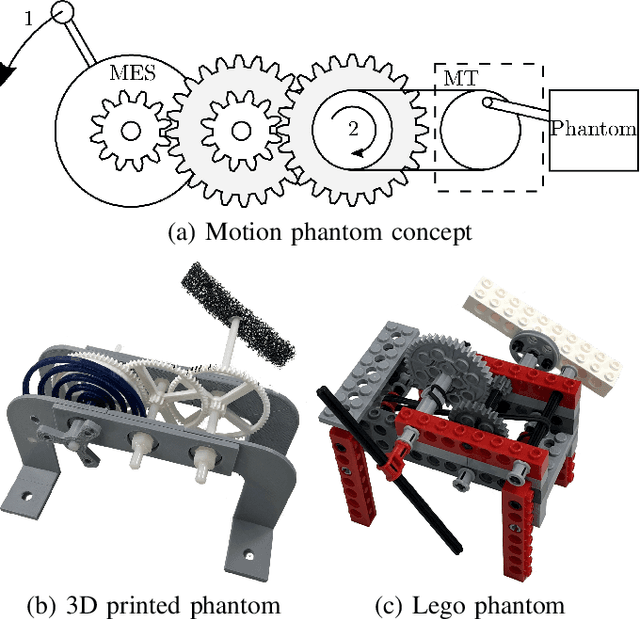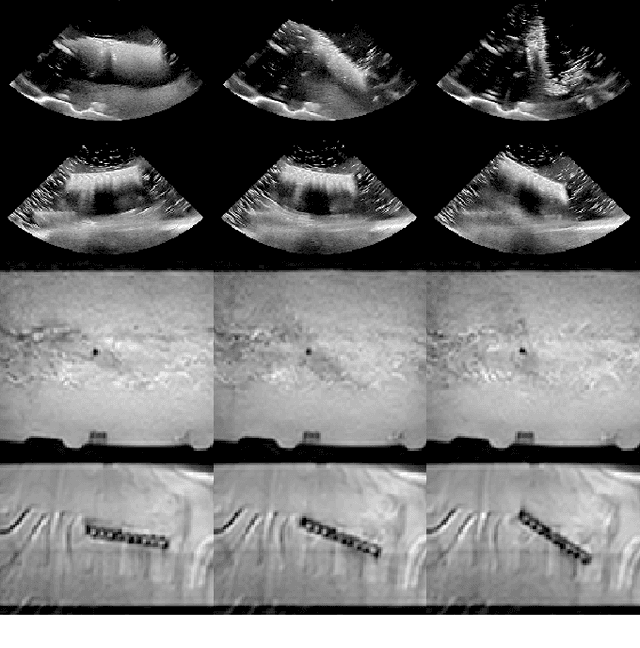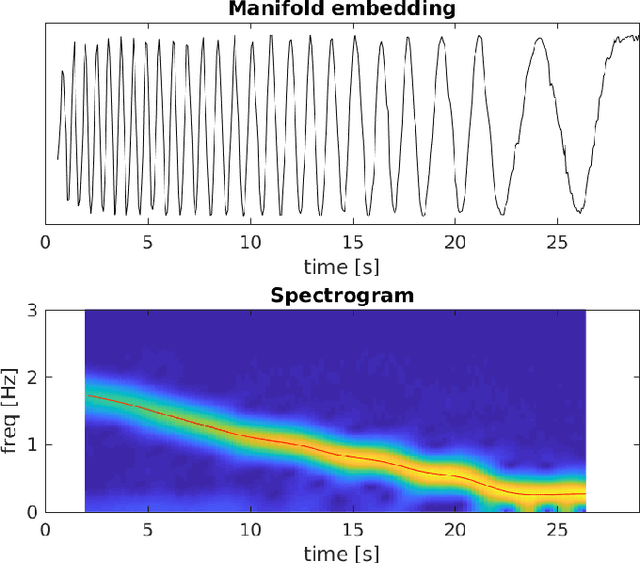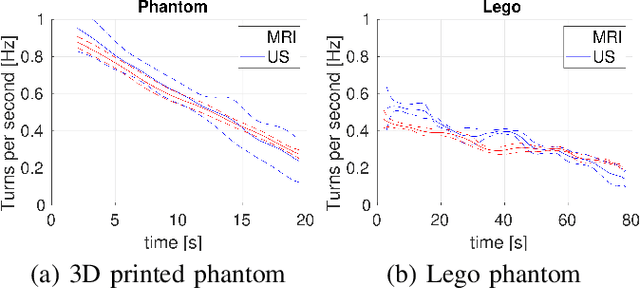Markus Henningsson
Cartesian dictionary-based native T1 and T2 mapping of the myocardium
Oct 05, 2021



Abstract:Purpose: To implement and evaluate a new dictionary-based technique for native myocardial T1 and T2 mapping using Cartesian sampling. Methods: The proposed technique (Multimapping) consisted of single-shot Cartesian image acquisitions in 10 consecutive cardiac cycles, with inversion pulses in cycle 1 and 5, and T2 preparation (TE: 30ms, 50ms and 70ms) in cycles 8-10. Multimapping was simulated for different T1 and T2, where entries corresponding to the k-space centers were matched to acquired data. Experiments were performed in a phantom, 12 healthy subjects and three patients with cardiovascular disease. Results: Multimapping phantom measurements showed good agreement with reference values for both T1 and T2, with no discernable heart-rate dependency for T1 and T2 within the range of myocardium. In vivo mean T1 in healthy subjects was significantly higher using Multimapping (T1=1112+/-15ms) compared to the reference (T1=992+/-26ms) (p<0.01). Mean Multimapping T2 (47.3+/-1.4ms) and T2 spatial variability (6.0+/-1.1ms) was significantly lower compared to the reference (T2=54.9+/-2.4ms, p<0.001; spatial variability=8.6+/-2.2ms, p<0.01). Increased T1 and T2 was detected in all patients using Multimapping. Conclusions: Multimapping allows myocardial T1 and T2 mapping simultaneously, demonstrating promising in vivo image quality and parameter quantification results.
Mechanically Powered Motion Imaging Phantoms: Proof of Concept
May 17, 2019



Abstract:Motion imaging phantoms are expensive, bulky and difficult to transport and set-up. The purpose of this paper is to demonstrate a simple approach to the design of multi-modality motion imaging phantoms that use mechanically stored energy to produce motion. We propose two phantom designs that use mainsprings and elastic bands to store energy. A rectangular piece was attached to an axle at the end of the transmission chain of each phantom, and underwent a rotary motion upon release of the mechanical motor. The phantoms were imaged with MRI and US, and the image sequences were embedded in a 1D non linear manifold (Laplacian Eigenmap) and the spectrogram of the embedding was used to derive the angular velocity over time. The derived velocities were consistent and reproducible within a small error. The proposed motion phantom concept showed great potential for the construction of simple and affordable motion phantoms
 Add to Chrome
Add to Chrome Add to Firefox
Add to Firefox Add to Edge
Add to Edge